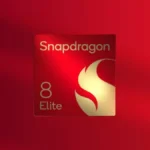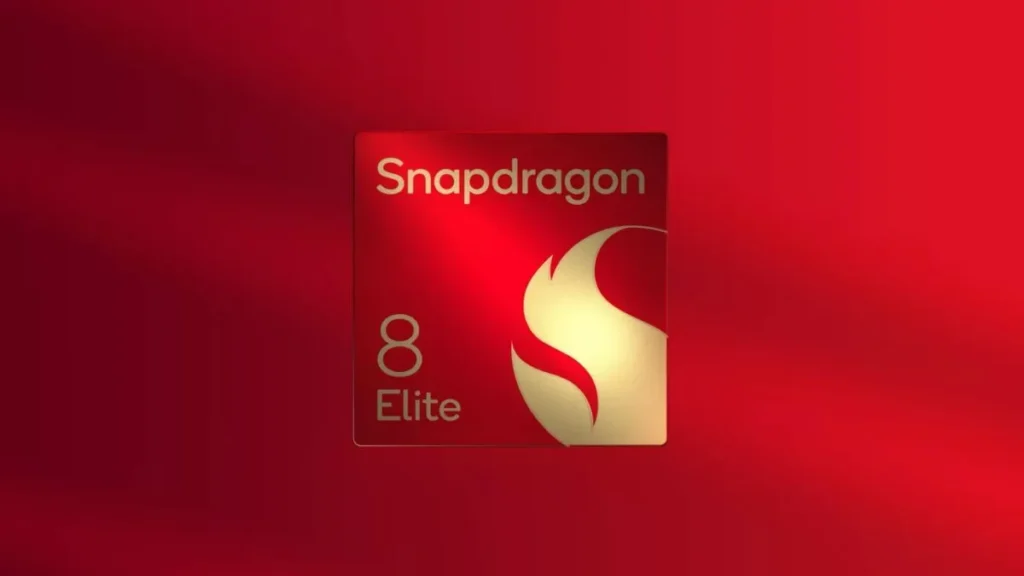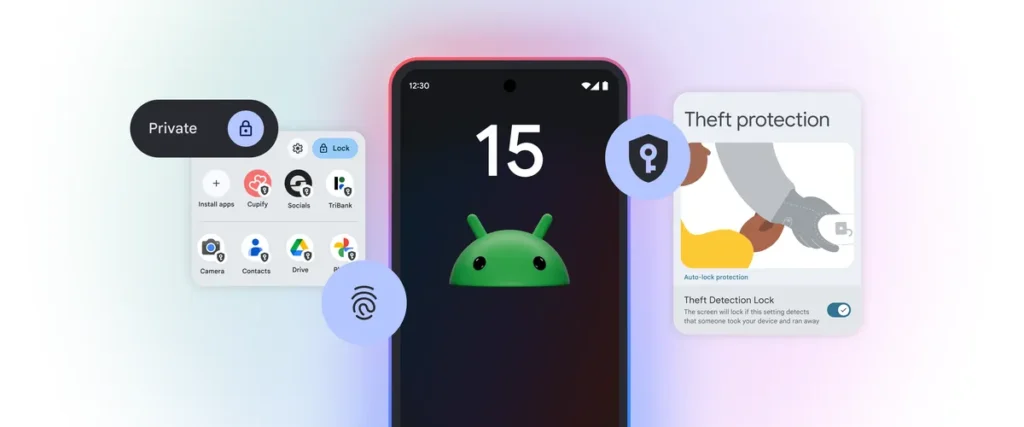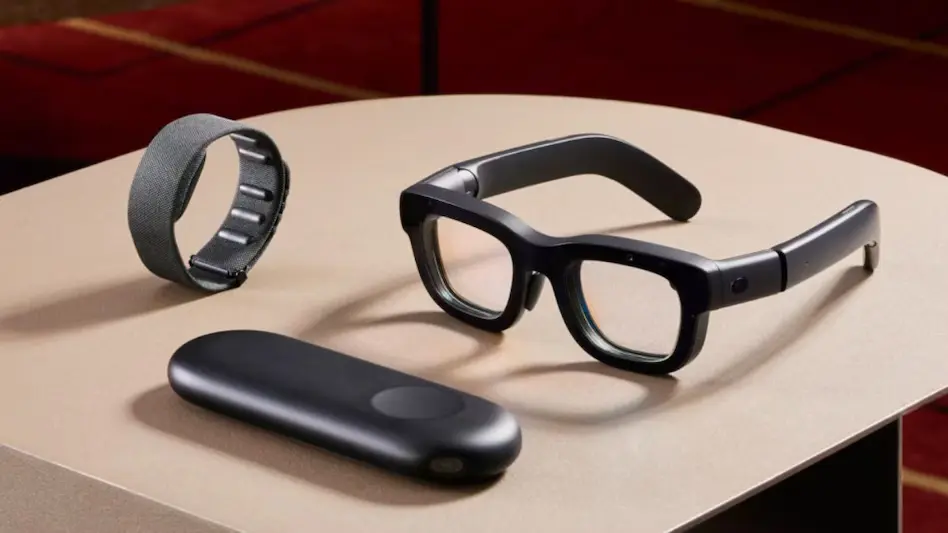Consider investing in the new wireless standard as some of the greatest Android devices now support it. Both millimetre-wave (mmWave) and sub-6GHz (sub-6) are used in today’s 5G networks, although they serve different functions. For instance, sub-6GHz may transmit signals at somewhat faster rates than 4G across extended distances. However, compared to sub-6GHz, millimetre-wave has a smaller range and faster overall network speeds than 4G. We need C-Band to properly bridge that gap as a suitable medium ground because neither can effectively combine speed and distance into one package offer.
What do the terms sub-6Ghz and C-Band mean?
C-Band refers to the radio frequency having a wireless spectrum range between 4GHz and 8GHz when discussing 5G networks. It’s interesting to note that C-Band also belongs to the sub-6GHz band, which includes all radio frequencies between 1GHz and 6GHz. With some lower-level frequency overlap, C-band and sub-6GHz both have qualities in the mid-range wireless spectrum for 5G U.S. networks. In particular, mid-range bands are essential for 5G because they provide excellent wireless coverage all around, which is required for widespread deployment. The mid-wave frequency, C-Band, provides the advantage of striking a balance between stability, speed, and distance.
According to the FCC, C-Band currently exists in the United States between the frequencies of 3.7GHz and 4.2GHz. Around the world, people use frequencies ranging from 4GHz to 8GHz. The majority of 5G businesses in the US have focused on a particular C-Band frequency, ranging from 3.7GHz to 3.98GHz. Why is this specific range? Because Verizon, AT&T, and T-Mobile were among the top U.S. wireless operators that won the auction for that underutilised spectrum in 2020. The largest spender was Verizon, although these carriers made bids of up to $80 billion to secure these C-Band frequencies for their 5G networks.
What are the differences between millimetre-wave and C-Band?
With a frequency range of 24GHz to 40GHz, a millimetre wave may be categorised as belonging to the high-band wireless spectrum. For instance, Verizon has actively promoted millimetre-wave since the infancy of its 5G network. Smartphones and other networking devices can function at that frequency level with the least amount of delay feasible while operating at extremely high speeds. The main drawback of a millimetre-wave is that it cannot transmit that amount of wireless power across long distances. C-Band will ultimately enable us to reach faster speeds compared to 4G with a distance longer than a millimetre-wave thanks to a more evenly distributed spectrum of mid-range frequencies.

A high-speed 5G solution with minimal latency for unfathomable data transfer speeds was intended for millimetre-wave technology. We’re discussing 5Gbps and above. At this point in millimetre-wave technology’s development, everything has been refined and is at its peak. You often require a clear line of sight to the millimeter-wave 5G antenna or tower in order to attain these multi-gigabit speeds. A good 5G experience can be ruined by even the smallest impediment. Since the rollout of 5G, more wireless providers have chosen sub-6GHz over millimetre-wave for this reason.
What makes C-Band important in the 5G wireless networks of today?
both millimetre-wave and sub-6GHz Both 5G networks’ advantages and disadvantages exist, and none is always the best option. Although sub-6GHz provides excellent coverage and speeds comparable to 4G, it is not a real generational jump. Next-generation speeds are available using millimetre waves. However, it is challenging to implement on a large scale because of the shorter distance issue. Speed and coverage must be combined under a single wireless standard for 5G to be deemed successful. This is what C-Band is meant to do, giving us the 5G experience we’ve been expecting for years.
Examining our present home WiFi networks is the simplest approach to illustrate how C-Band will advance 5G. The 2.4GHz signal provides the largest wireless range with reasonable speeds overall in a standard dual-band Wi-Fi configuration using the 2.4GHz and 5GHz frequencies. As an alternative, 5GHz can provide faster speeds with less latency. Its range is somewhat less than 2.4GHz, though. When comparing sub-6GHz to millimetre-wave, this is analogous to what we’ve dealt with in the 5G wireless networking arena.
Wi-Fi 6E and C-Band will change how we utilise wireless products
We are already noticing tri-band wireless routers supporting 2.4GHz, 5GHz, and 6GHz frequencies in our home networks, starting with the Wi-Fi 6E standard. We have this now in our houses, the same 6GHz frequency that sub-6Ghz utilises for 5G connectivity. The 6GHz Wi-Fi band offers faster wireless connections with far less interference, making it ideal for a smart home setting. The wireless range at 6GHz will be less than at 2.4GHz or 5GHz. If you have a reliable Wi-Fi mesh network, the range problem is unimportant.

C-Band will change our 5G wireless experience in the same way that Wi-Fi 6E is presently revolutionising our home networks. Despite not being comparable, they have the same objective: to give consumers the greatest wireless experience possible. How we utilise wireless gadgets both inside and outside the home will be influenced by both technologies. You’ll get the most coverage possible with Wi-Fi 6E and a mesh networking setup, together with fast speeds and minimal latency. C-Band should give 5G a much-needed improvement in wireless range and speed compared to what 4G has to offer. a genuine generational advance.
Additionally, C-Band is crucial to our 5G home wireless networks
We need 5G for more than just our devices. Additionally, we have begun to observe this technology integrating into our household networks. Choose a 5G-capable modem rather than dealing with actual network cords. Once the SIM card has been activated, you may quickly start using a wireless 5G signal to browse the internet from your house. C-Band is also crucial in this context. With increased coverage and dependability, it enables faster average internet speeds. Finally, 5G home wireless networks will be able to be taken seriously as an alternative to current internet service providers.

It is also no surprise that some regions have an internet service provider monopoly, meaning that only one business provides service there. This tends to limit customer choice over the time, as we’ve observed before. Internet service providers may now provide new 5G home services to more areas because C-Band provides a better balance between speed and coverage. Giving consumers that option helps us to decide what functions best, not the other way around. Our future and our experience should both gain from the use of C-Band for 5G home wireless networks.
Which wireless providers and products in the US will support C-Band?
We have the typical suspects in terms of U.S. wireless operators that will provide official C-Band support: AT&T, Verizon, and T-Mobile. Additionally, a suitable device is required. C-Band support is already included in several flagship 5G devices. Examples include the iPhone 12/13/14 series, Google Pixel 6/7 series, Samsung Galaxy S21/S22 series, and Samsung Galaxy Z Flip/Fold series. Additionally, you’ll need to reside in an area with access to C-Band. For more specific information, you may view a list of every city and device that supports C-Band 5G in the United States.

To get real-time news alerts join the TechnewsroomsTelegram group. You can also follow us on Twitter and subscribe to our GoogleNews feed for updates.













